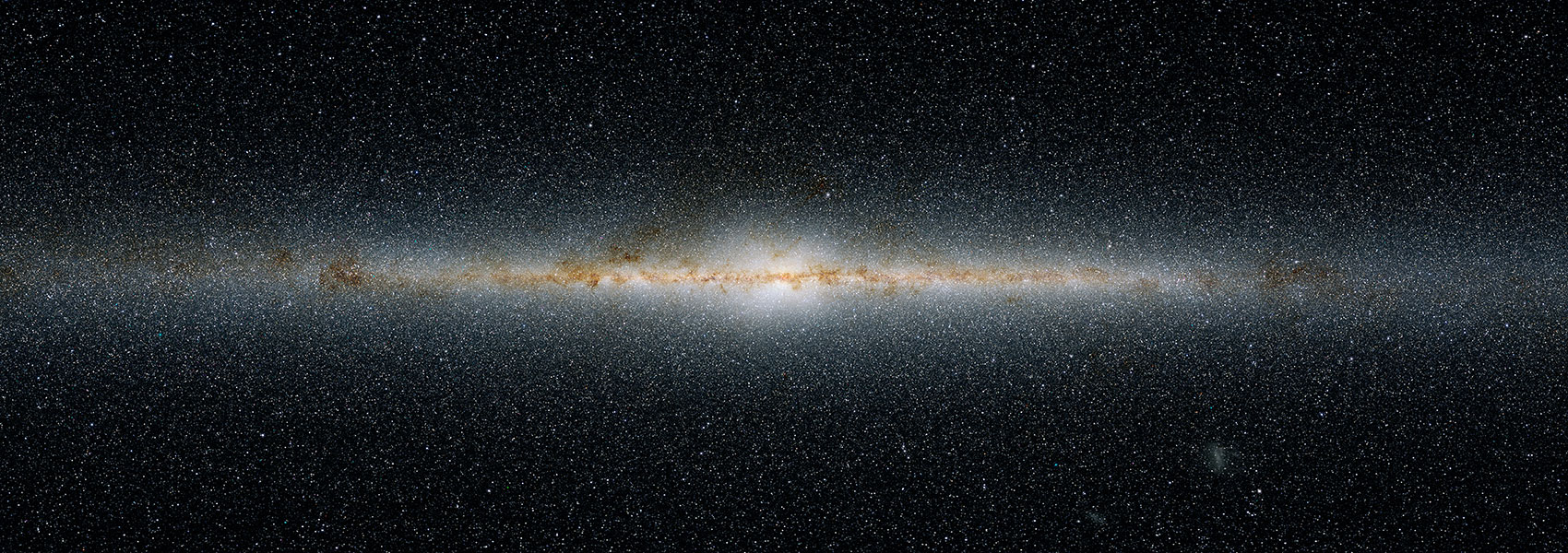March
2019
•
2019ApJ...873L..18D
Authors
•
De, Kishalay
•
Kasliwal, Mansi M.
•
Polin, Abigail
•
Nugent, Peter E.
•
Bildsten, Lars
•
Adams, Scott M.
•
Bellm, Eric C.
•
Blagorodnova, Nadia
•
Burdge, Kevin B.
•
Cannella, Christopher
•
Cenko, S. Bradley
•
Dekany, Richard G.
•
Feeney, Michael
•
Hale, David
•
Fremling, U. Christoffer
•
Graham, Matthew J.
•
Ho, Anna Y. Q.
•
Jencson, Jacob E.
•
Kulkarni, S. R.
•
Laher, Russ R.
•
Masci, Frank J.
•
Miller, Adam A.
•
Patterson, Maria T.
•
Rebbapragada, Umaa
•
Riddle, Reed L.
•
Shupe, David L.
•
Smith, Roger M.
Abstract
•
The detonation of a helium shell on a white dwarf (WD) has been proposed as a possible explosion triggering mechanism for SNe Ia. Here, we report ZTF 18aaqeasu (SN 2018byg/ATLAS 18pqq), a peculiar Type I supernova, consistent with being a helium-shell double-detonation. With a rise time of ≈18 days from explosion, the transient reached a peak absolute magnitude of M R ≈ -18.2 mag, exhibiting a light curve akin to sub-luminous SN 1991bg-like SNe Ia, albeit with an unusually steep increase in brightness within a week from explosion. Spectra taken near peak light exhibit prominent Si absorption features together with an unusually red color (g - r ≈ 2 mag) arising from nearly complete line blanketing of flux blueward of 5000 Å. This behavior is unlike any previously observed thermonuclear transient. Nebular phase spectra taken at and after ≈30 days from peak light reveal evidence of a thermonuclear detonation event dominated by Fe-group nucleosynthesis. We show that the peculiar properties of ZTF 18aaqeasu are consistent with the detonation of a massive (≈0.15 {M}⊙ ) helium shell on a sub-Chandrasekhar mass (≈0.75 {M}⊙ ) WD after including mixing of ≈0.2 {M}⊙ of material in the outer ejecta. These observations provide evidence of a likely rare class of thermonuclear supernovae arising from detonations of massive helium shells.
Links



